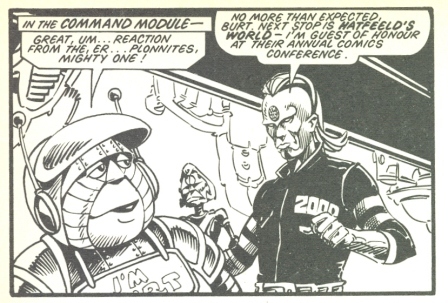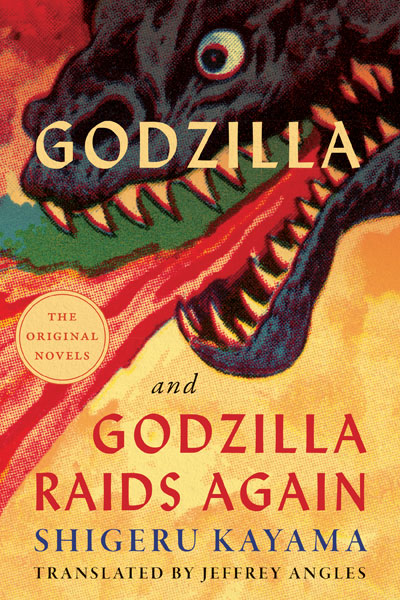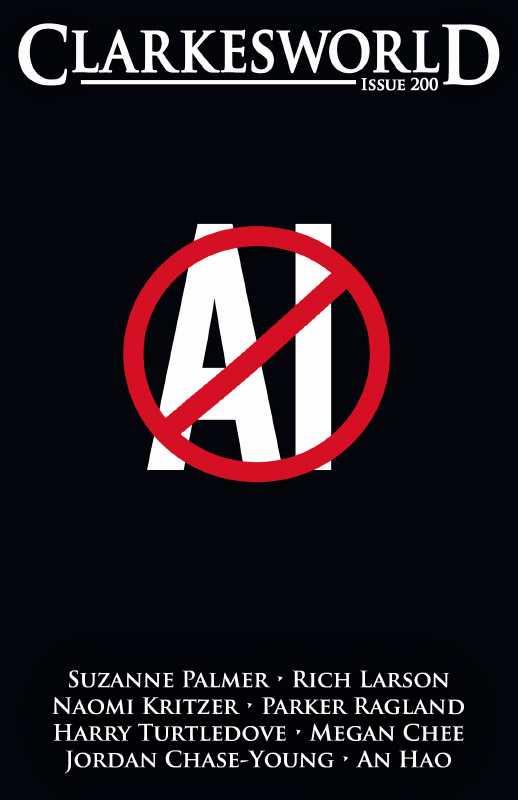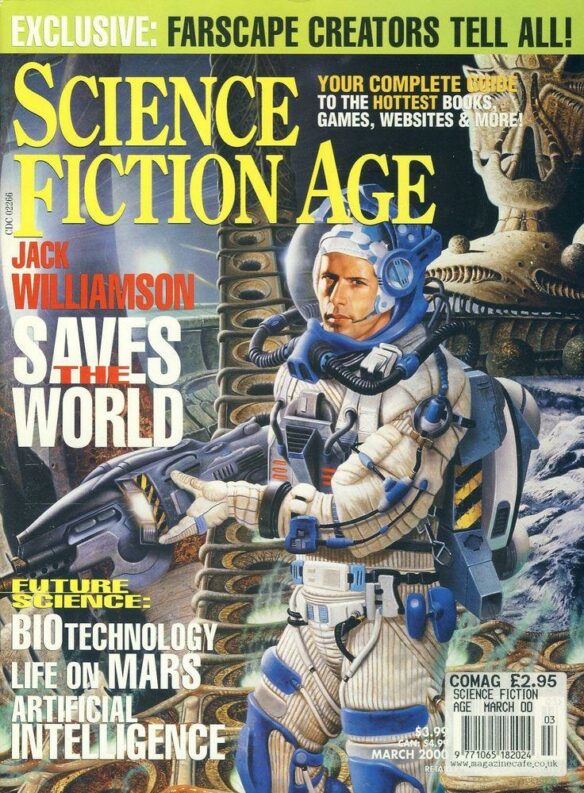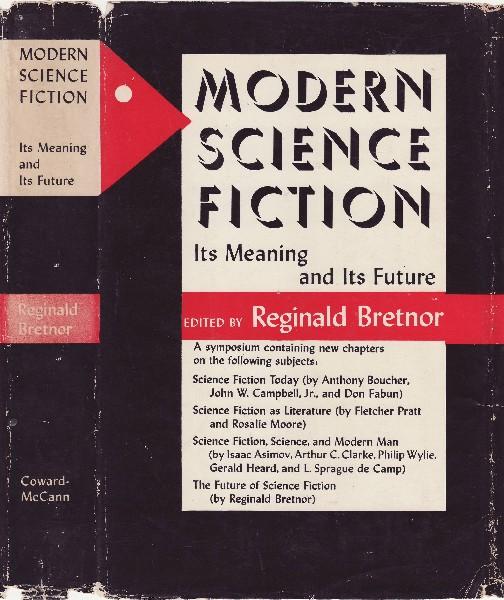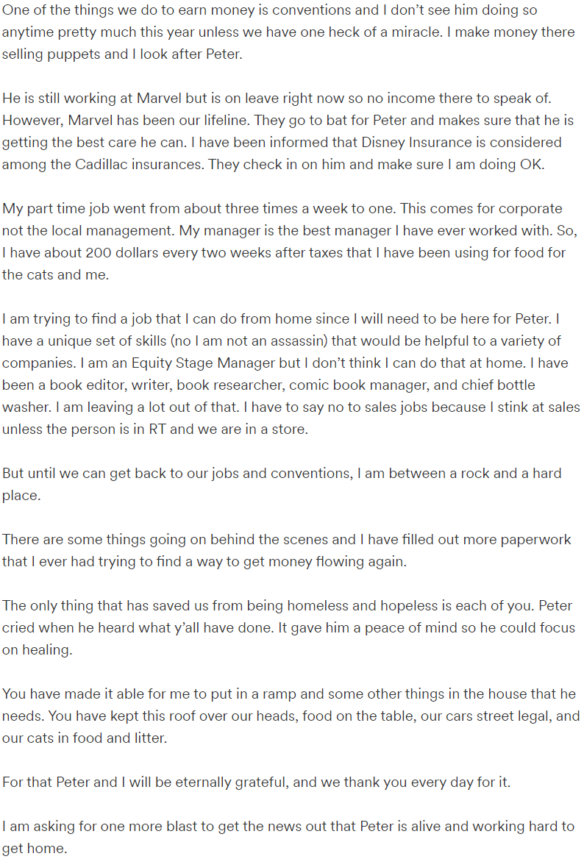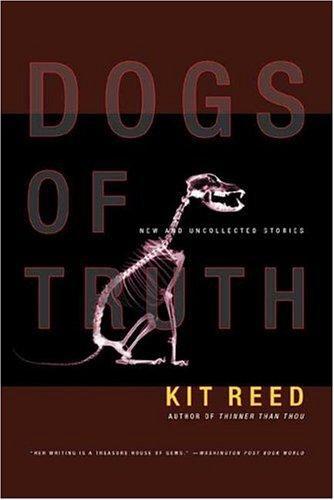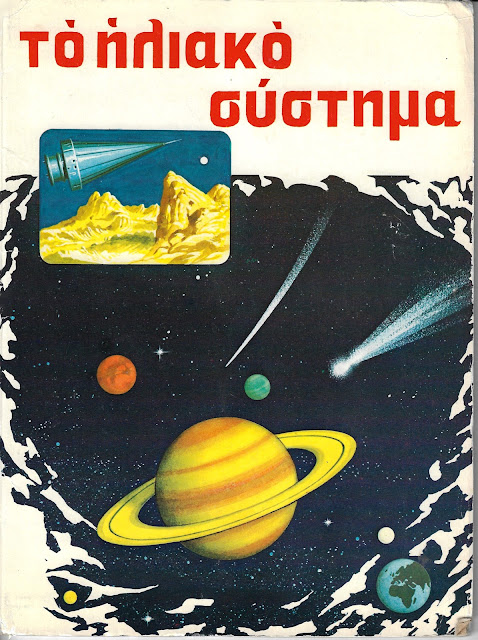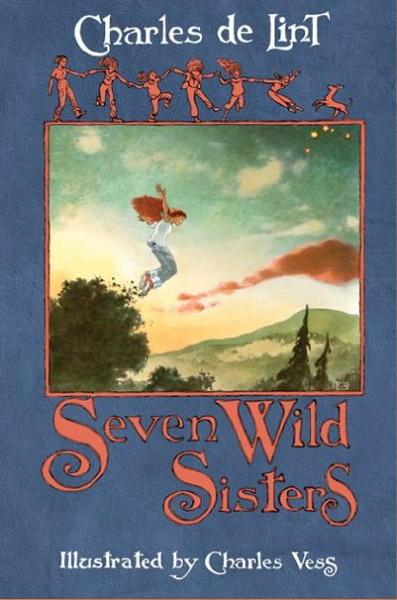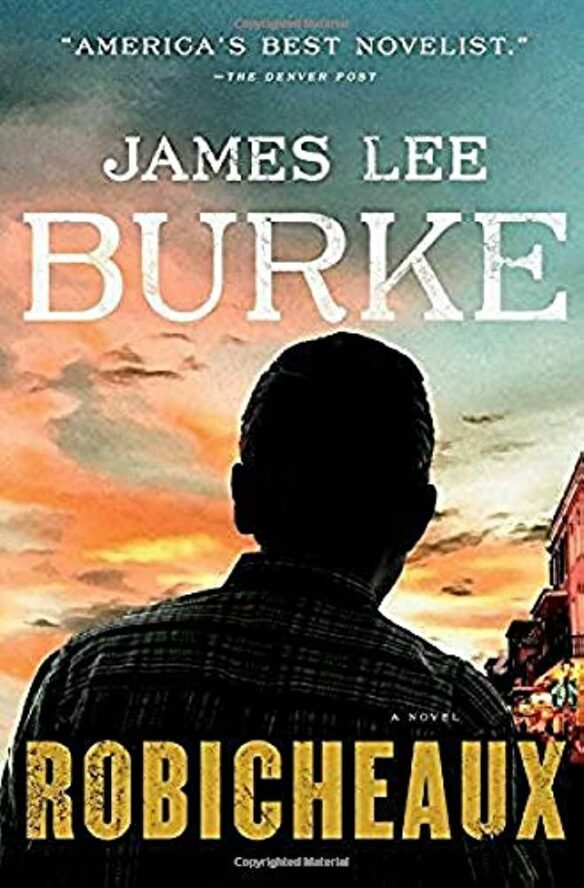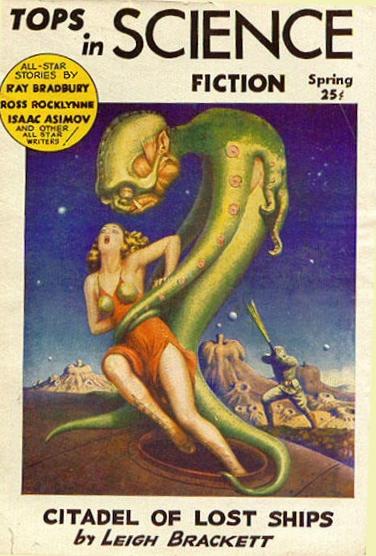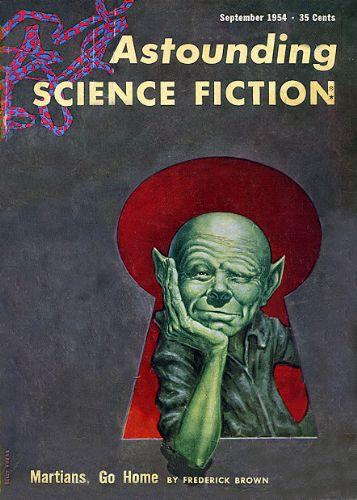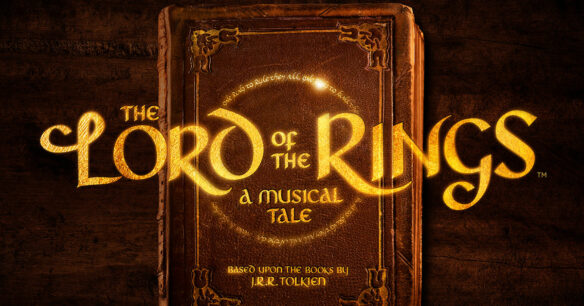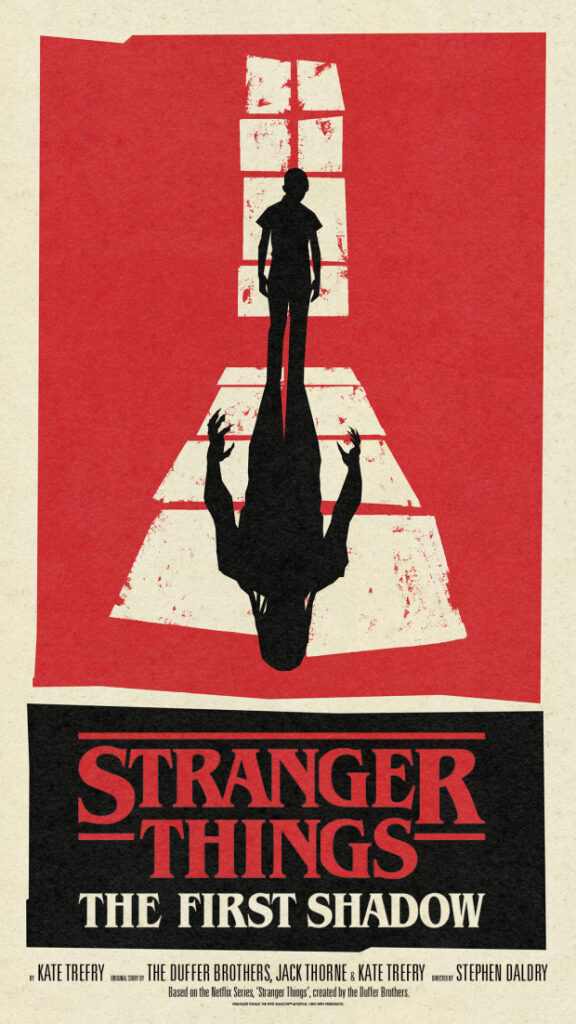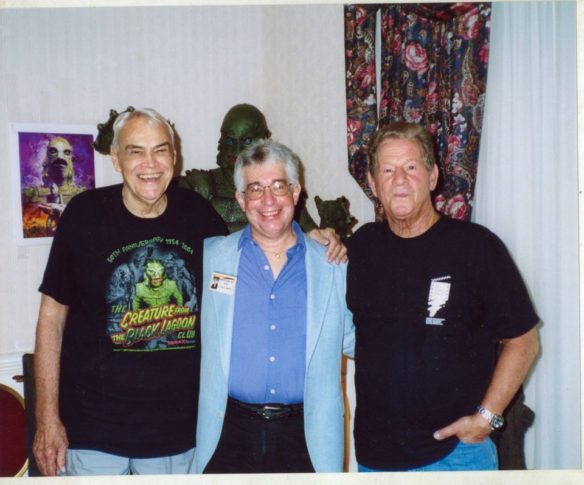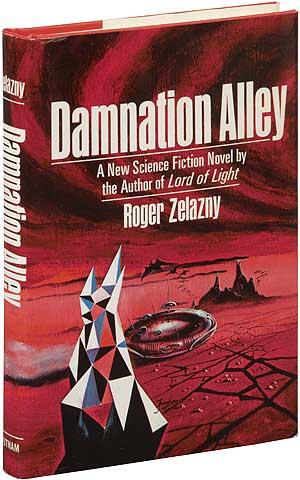(1) 2025 WORLDCON SITE SELECTION UPDATE. The Seattle 2025 Worldcon Bid News for June reports theirs was the only bid filed, and the only one that will be on the official ballot. (If another one appears it could still be a write-in.)

Seattle filed its site selection paperwork in April which was acknowledged and approved! According to the World Science Fiction Society (WSFS) Constitution, bid documents for opposing bids must be filed no later than 180 days before the opening of the administering convention. No other bids were filed, so Seattle will be the only bid on the printed ballot. We could not be more excited! Supporting memberships are still on sale through our website, and we hope to have strong voter turnout in October.
… Watch for announcements on how to vote in site selection remotely. Barring an unlikely loss to a write-in campaign, we also plan to sell upgrades to supporting members who do not participate in site selection which allow them to purchase attending memberships to the Seattle Worldcon for a similar cost. Stay tuned for more!
(2) DROPPED LEAVES ARE HEARD FROM. At Writer Beware, Victoria Strauss shares a group statement provided to her by 17 current and former clients of New Leaf Literary. “Call For Change: Current and Former New Leaf Literary & Media Authors Speak Out”.
…Agents parting ways with agencies is not uncommon; however, it is inexcusable for an agency of New Leaf’s caliber to lack clear internal and external protocols for such situations….
(3) SFF EVENT IN BERLIN. Cora Buhlert’s conreport is up: “Cora’s Adventures at Metropol Con in Berlin, Part 2: The Con”. Here’s an excerpt covering a panel about sf in divided postwar Germany.
…The panel was very interesting and went into what distinguished East German science fiction from West German and Western science fiction in general. One of the points made was that since East Germany has an official vision of what the future would look like, namely a Socialist utopia, the questions East German science fiction asked was not so much, “What will the future look like?”, because they already knew, but “How do we get there?” and “How do we do this?” The above-mentioned novel Andymon by Karlheinz and Angela Steinmüller is actually a good example for this, because it’s about some young people landing on a planet they’re supposed to colonise, only that the planet is not as advertised, so they have to figure out how to make it habitable anyway.
Emma Braslavsky pointed out that by the 1980s, when East Germany was visibly declining and falling apart (which tracks with what Aunt Metel told me, namely that East Germany continued improve and progress, albeit slowly, into the 1970s, then it stagnated and gradually fell apart), the Socialist Utopia was more of a promise, much like Christmas. Just sleep one more night and
– Socialism is here and everything will be wonderful. Emma Braslavsky also noted that when she watched things like Star Trek on West German TV (a large part of East Germany could and did watch West German TV), someone muttered some complete nonsense like “Reverse the polarity” and it actually worked.ChristmasEven though the panelists grew up in two very different countries and systems, there were some things that united all of them. For example, it was never easy to be a budding SF fan in a small rural village or town, whether in East or West Germany, because library selections were limited and books or comics not always easily available in local shops….
(4) CATHERINE LUNDOFF Q&A. Oliver Brackenbury’s So I’m Writing a Novel… podcast devotes episode 66 to the “Queen of Swords Press”.
When most of us think about publishing we tend to think of one of the Big Five (Four? How many are we down to now?), but there is a whole world of smaller, independent publishers to explore!
Wanting to learn more about that world, Oliver spoke with Catherine Lundoff about her own experiences launching and running Queen of Swords Press.
(5) AUTHORS GUILD RECOMMENDS NEW AI CONTRACT CLAUSES. The Authors Guild is introducing four new model clauses concerning AI to its Model Trade Book Contract and Model Literary Translation Contract. “AG Introduces New Publishing Agreement Clauses Concerning AI”.
…In addition to the recent clause preventing the use of books in training generative AI without an author’s express permission, the new clauses require an author’s written consent for their publisher to use AI-generated book translations, audiobook narration, or cover art. These clauses can benefit publishers and the publishing industry at large by maintaining the high quality craftsmanship that consumers are used to.
The Authors Guild also urges publishers to identify any books that contain a significant amount of AI-generated text. This summer, the Guild will be publishing AI guidelines for authors and publishers containing each of these conditions.
The purpose of these demands is to prevent the use of AI to replace human creators. The Authors Guild strongly believes that human writing, narration, and translation are vastly superior to their AI mimics. Moreover, as an ethical matter, the Authors Guild opposes relying on these tools to replace human creators, in part because current AI content generators have largely been trained on pre-existing works without consent. The Guild stands in solidarity with human creators in other industries, who like authors, face professional threats from AI-generated content flooding the markets for their work….
We encourage publishers to adopt these clauses and authors and agents to request that they be added to their contracts.
Clause Relating to Authors’ Use of AI
Author shall not be required to use generative AI or to work from AI-generated text. Authors shall disclose to Publisher if any AI-generated text is included in the submitted manuscript, and may not include more than [5%] AI-generated text.Audio Book Clause (For Use With Audiobook Grants)
With respect to any audiobook created or distributed under this Agreement, Publisher shall not permit or cause the Work to be narrated by artificial intelligence technologies or other non-human narrator, without Author’s prior and express written consent.Translation Clause (For Use With Grants of Translation Rights)
With respect to any translations created or distributed under this Agreement, Publisher shall not translate or permit or cause the Work to be translated into another language with artificial intelligence technologies or other non-human translator, without Author’s prior and express written consent. For purposes of clarification, a human translator may use artificial intelligence technologies as a tool to assist in the translation, provided that the translation substantially comprises human creation and the human translator has control over, and reviews and approves, each word in the translation.Cover Design Clause (For Book Contracts)
Publisher agrees not to use AI-generated images, artwork, design, and other visual elements for the book cover or interior artwork without Author’s prior express approval. For purposes of clarification, a human designer may use artificial intelligence technologies as a tool to assist in the creation of artwork for the Work, provided that the human artist has control over the final artwork and the artwork substantially comprises human creation.
(6) GAMES KIDS PLAYED. Cora Buhlert’s new “Non-Fiction Spotlight today” is for a book called D20 or Die!: Memories of Old School Role-Playing Games from Today’s Grown-Up Kids, edited by Jim Beard.
Why should SFF fans in general and Hugo voters in particular read this book?
Because no matter what the theme is, they will see themselves in the personal essays. That’s the beauty of these books, I think, that we all have these shared experiences and we like to see echoes of our own lives in what we read. Beyond that, if you love RPGs and began playing as a kid, you’re going to love this book.
(7) CLARKE CONTENDERS. The list of 97 books submitted for this year’s Arthur C. Clarke Award has been posted: “5 judges, 988,172,368 possible shortlist combinations”.
As is now traditional, we’re publishing below the full list of eligible titles received by the Clarke Award from which our official shortlist selection is decided.
This is released as an open-source resource to showcase the breadth and diversity of UK science fiction literature as part of its ongoing commitment to self-accountability and supporting equity, diversity and inclusion (EDI) across the publishing industry and science fiction community.
This year’s judging panel received 97 eligible titles submitted by 40 UK publishing imprints and independent authors.
The judging panel for the Arthur C. Clarke Award 2023 are:
- Dave Hutchinson and Francis Gene-Rowe for the British Science Fiction Association.
- Kate Heffner and Nicholas Whyte for the Science Fiction Foundation.
- Georgie Knight for the SCI-FI-LONDON film festival.
- Dr Andrew M. Butler represented the Arthur C. Clarke Award directors in a non-voting role as the Chair of the Judges.
(8) SPOCK FAMILY TREE. All I can say is that I’m glad this isn’t a trivia quiz. “Star Trek: Every Spock Family Member, Explained” at ScreenRant.
The Vulcan known as Spock was one of the most important characters in Star Trek, and many of his family members also played key roles in the franchise. Ever since his debut in Star Trek: The Original Series, Spock has been an integral part of Star Trek lore, and so has his kin. As the series progressed, more and more of Spock’s family tree began to be fleshed out, and it was clear that Spock was one of the most connected individuals in the Alpha Quadrant. From villains to ambassadors, Spock’s family was just as important as he was in shaping the franchise….
Here’s one member you might have overlooked.
Perrin
When Sarek returned in The Next Generation, he was accompanied by a new wife who filled much the same role that Amanda did. Because of the large gap in the Star Trek timeline between TOS and TNG, it could be assumed that Amanda died of old age, and Perrin, a human woman, eventually married Sarek. Because of Sarek’s advanced age, she was a companion and caretaker to him, and she was very protective of his important image as he began to succumb to Bendii syndrome in TNG season 3, episode 23, “Sarek”. Unlike Amanda though, Perrin did not get personally involved in Sarek and Spock’s affairs.
(9) WHO NEEDS MARKETING? There’s a whole book blaming insufficient marketing for the failure of John Carter to become a blockbuster, which might make you wonder if this plan will work. “Studio Ghibli to Release Miyazaki’s Final Film With No Trailer, No Marketing” – The Hollywood Reporter explains why.
… The forthcoming film, which opens in Japan on July 14, is easily the most anticipated movie coming to Japanese theaters in years — and exceedingly little is known about it. (U.S. and international release dates for the film have not yet been set.)
Ghibli previously described the film as “a grand fantasy” loosely inspired by Japanese author Genzaburo Yoshino’s 1937 novel How Do You Live?, a coming-of-age story about the emotional and philosophical development of a young boy after the death of his father….
In the interview, [lead producer Toshio] Suzuki also contrasted Ghibli’s approach for How Do You Live? with the usual marketing methods of Hollywood.
“There’s an American movie — ah, I almost said the title out loud! — coming out this summer around the same time [as How Do You Live?],” he said. “They’ve made three trailers for it, and released them one at a time. If you watch all three, you know everything that’s going to happen in that movie. So how do moviegoers feel about that? There must be people, who, after watching all the trailers, don’t want to actually go see the movie. So, I wanted to do the opposite of that.”…
(10) MEMORY LANE.
2007 – [Written by Cat Eldridge from a choice by Mike Glyer.]
Elizabeth Bear’s “Tideline” reminds me how great the short stories are by a writer whose novels I usually am reading, such as the ever so excellent White Space series.
This story was first published in Asimov’s Science Fiction in their June 2007 issue. It’s been reprinted a number of times and Primes Books published it in the Shoggoths in Bloom collection they released which is available from the usual suspects at a very nice price.
It’s also in The Best of Elizabeth Bear from Subterranean Press which I need not say will set you back many a penny.
The audio series StarShipSofa in their number thirty-nine production has it as the lead piece here.
And now the Beginning to this story…
Chalcedony wasn’t built for crying. She didn’t have it in her, not unless her tears were cold tapered glass droplets annealed by the inferno heat that had crippled her.
Such tears as that might slide down her skin over melted sensors to plink unfeeling on the sand. And if they had, she would have scooped them up, with all the other battered pretties, and added them to the wealth of trash jewels that swung from the nets reinforcing her battered carapace.
They would have called her salvage, if there were anyone left to salvage her. But she was the last of the war machines, a three-legged oblate teardrop as big as a main battle tank, two big grabs and one fine manipulator folded like a spider’s palps beneath the turreted head that finished her pointed end, her polyceramic armor spiderwebbed like shatterproof glass. Unhelmed by her remote masters, she limped along the beach, dragging one fused limb. She was nearly derelict.
The beach was where she met Belvedere.
Butterfly coquinas unearthed by retreating breakers squirmed into wet grit under Chalcedony’s trailing limb. One of the rear pair, it was less of a nuisance on packed sand. It worked all right as a pivot, and as long as she stayed off rocks, there were no obstacles to drag it over.
As she struggled along the tideline, she became aware of someone watching. She didn’t raise her head. Her chassis was equipped with targeting sensors which locked automatically on the ragged figure crouched by a weathered rock. Her optical input was needed to scan the tangle of seaweed and driftwood, Styrofoam and sea glass that marked high tide.
He watched her all down the beach, but he was unarmed, and her algorithms didn’t deem him a threat. Just as well. She liked the weird flat-topped sandstone boulder he crouched beside.
The next day, he watched again. It was a good day; she found a moonstone, some rock crystal, a bit of red-orange pottery, and some sea glass worn opalescent by the tide.

(11) TODAY’S BIRTHDAYS.
[Compiled by Cat Eldridge.]
- Born June 5, 1908 — John Russell Fearn. British author and one of the first British writers to appear in American pulp magazines. A prolific author, he also published novels as Vargo Statten and with various pseudonyms such as Thornton Ayre, Polton Cross, Geoffrey Armstrong and others. As himself, I see his first story as being The Intelligence Gigantic published in Amazing Stories in 1933. His Golden Amazon series of novels ran to over to two dozen titles, and the Clayton Drew Mars Adventure series that only ran to four novels. (Died 1960.)
- Born June 5, 1928 — Robert Lansing. He was secret agent Gary Seven in the “Assignment: Earth” on Star Trek. The episode was a backdoor pilot for a series that would have starred Lansing and Teri Garr, but the series never happened. He of course appeared on other genre series such as The Twilight Zone, Journey to the Unknown, Thriller and Alfred Hitchcock Presents. (Died 1994.)
- Born June 5, 1931 — Barbara Paul. Writer of mysteries, some twenty or so, and a handful of genre novels. Her novels feature in-jokes such as her Full Frontal Murder mystery novel which uses names from Blake’s 7. Genre wise, she’s written five SF novels including a Original Series Trek novel, The Three-Minute Universe, which is available at the usual suspects. (Died 2022.)
- Born June 5, 1946 — John Bach, 77. Einstein on Farscape, the Gondorian Ranger Madril in the second and third movies of The Lord of the Rings film trilogy. Also a British body guard on The Chronicles of Narnia: Prince Caspian. And he was the body double for shooting of Saruman in place of Christopher Lee, who was unable to fly to New Zealand for principal photography on The Hobbit film series.
- Born June 5, 1953 — Kathleen Kennedy, 70. Film producer responsible for E.T. the Extra-Terrestrial, her first film, and later produced the Jurassic Park franchise. She’s been involved in over sixty films, I’d say of which at least half are genre, starting with Raiders of the Lost Ark as an associate to Steven Spielberg. Amblin Films with her husband and Spielberg has produced many of the genre’s best loved films.
- Born June 5, 1960 — Margo Lanagan, 63. Tender Morsels won a World Fantasy Award for best novel, and Sea-Hearts won the same for Best Novella. She’s an alumna of the Clarion West Writers Workshop In 1999 and returned as a teacher in 2011 and 2013.
- Born June 5, 1976 — Lauren Beukes, 47. South African writer and scriptwriter. Moxyland, her first novel, is a cyberpunk novel set in a future Cape Town. Zoo City, a hardboiled thriller with fantasy elements is set in a re-imagined Johannesburg. It won both the Arthur C. Clarke Award and a Kitschies Red Tentacle Award for best novel. (I love the name of the latter award!) And The Shining Girls would win her an August Derleth Award for Best Horror Novel. Afterland was on the long list for a NOMMO. Much of her short fiction is collected in Slipping: Stories, Essays, & Other Writing.
(12) COMICS SECTION.
- Sheldon witnesses an Uber reservation being placed for “Mister Gandalf”.
(13) IT’S CRACKERS. Although visiting Space Cowboy Books might be a better reason for driving to Joshua Tree, while you are in town you could pick up a snack: “Cheez-It Gas Station Pops Up in California Desert” at Food & Wine.
…From Monday, June 5 through Sunday, June 11, anyone who needs a road trip snack-break can visit the Cheez-It Stop to pick up several bags of orange crackers. The Cheez-It Stop has been equipped with the world’s first (and so far, its only) Cheez-It Pump which will spray bags of Cheez-Its through your open car window. And best of all, it’s completely free to take advantage of the pump and feed your Cheez-It cravings.
Regardless, you just have seven days to visit the Cheez-It Stop before it disappears into the desert’s memory. It can be found at 61943 Twentynine Palms Highway, Joshua Tree, California and will be open between 10 a.m. and 6 p.m. PT every day between now and Sunday.
(14) HITS THE SPOT. Food & Wine also tells how “Wes Anderson and Dogfish Head Collaborate on ‘Asteroid City’ Beer”
…The Delaware-based beermaker has brewed up its own homage to the film called Asteroid City Lager, and it collaborated with the director himself to design the label. According to Dogfish Head, Asteroid City Lager was brewed with a combination of regeneratively grown pilsner malt, Tuxpeno corn malt, and Michigan-grown Zuper Saazer hops. The beer was then finished with a Pennsylvania lager yeast, which the brewery says is “a nod to the 1950s era during which Asteroid City takes place.”
… The beer’s eye-catching label pays tribute to the film’s desert landscapes and to the Asteroid City billboard that shows the fictional town’s biggest tourist attraction, a giant crater left by a meteor….
(15) CHOCOLATE ORTHODOXY. I can confirm this will be a controversial opinion in our neck of the woods.
(16) WOOLLY BULLY. [Item by Michael Toman.} Should we fear the “footfall” of a “Mega Bo Peep?” “Asteroid the size of 28 sheep to ram past the Earth” reports The Jerusalem Post.
Baaaad news? How big is the asteroid coming toward Earth in 2023?
Asteroid 2023 HO18 is estimated by NASA to have a diameter of as much as 50 meters. In imperial measurements for American readers, that would be 164 feet or just under 55 yards.
But to use a more creative metric, consider the humble domesticated sheep (Ovis aries). These animals are widespread throughout the world and while there are a wide number of breeds, they are all still part of the same species.
(17) HELLO, COUSIN. Smithsonian Magazine wonders whether “A 146,000-Year-Old Fossil Dubbed ‘Dragon Man’ Might Be One of Our Closest Relatives”.
Three years ago, a Chinese farmer made an unusual donation to a university museum—a giant, nearly intact human skull with strange proportions and an unusual backstory. The man’s family had been hiding the fossil since it was unearthed at a construction site in Harbin nearly 90 years ago.
After geochemical detective work to locate where the fossil was likely found, and painstaking comparison of its distinctive features with those of other early humans, some of the scientists investigating the find believe the cranium from Harbin could represent an entirely new human species—Homo longi or “Dragon Man.” If so, they further suggest it might even be the human lineage most closely related to ourselves.
“The discovery of the Harbin cranium and our analyses suggest that there is a third lineage of archaic human [that] once lived in Asia, and this lineage has [a] closer relationship with H. sapiens than the Neanderthals,” says Xijun Ni, a paleoanthropologist at the Chinese Academy of Sciences and Hebei GEO University. If so, that would make the strange skull a close relative indeed since most humans today still have significant amounts of Neanderthal DNA from repeated interbreeding between our species….
(18) ANOTHER EARLY HOMININ BREAKTHROUGH. “Homo naledi had a brain one-third the size of humans but displayed intelligence far beyond, according to new discovery” – ABC News has the story.
Bigger brains may not equate to higher intelligence after all, according to a remarkable discovery about an early hominin.
Homo naledi, a hominin discovered in the Rising Star cave system in Africa’s Cradle of Humankind in 2013, had human-like hands and feet but a brain a third of the size of humans — a characteristic researchers previously attributed to a marker of far less intelligence than its Homo sapien relatives.
But the assertion that bigger brains make for a smarter species may have been disestablished now that scientists have made a harrowing journey into the Rising Star cave and discovered that the species — which lived about 335,000 to 236,000 years ago — buried its dead and marked the graves. It is the first non-human species in history known to do so, paleoanthropologist and National Geographic Explorer in Residence Lee Berger told ABC News.
…The researchers began to hypothesize that Homo naledi buried its dead during continued excavations in 2018 and in July 2022, those hunches were not only proven but amplified once Berger and his team found skeletal remains of Homo naledi and then carvings on the wall above them to mark those laid to rest there.
The symbols included triangles, squares and a sort-of “hashtag” sign, as in two cross-hatching equal signs, Berger said. However, it is unclear what these carvings meant, and researchers will be delving into whether there is a “random chance” that Homo naledi used the same symbols as humans or if they were obtained from some sort of shared ancestry.
(19) REH SCHOLARSHIP. A video of the “Glenn Lord Symposium”, i.e. the academic track of the 2023 Robert E. Howard Days, is available for viewing on YouTube.
1)Dr. Dierk Gunther, Professor of English Literature at Gakushuin Women’s College, Tokyo His presentation: “Through the Eyes of an Ophirean Woman: Thoughts Concerning the Racism of Robert E. Howard’s The Vale of Lost Women.” 2) Brian Murphy, Howard Scholar His presentation: “Far Countries of the Mind: The Frontier Fantasy of Robert E. Howard.” 3) Dr. Willard Oliver, Professor of Criminal Justice at Sam Houston State University, Huntsville His presentation: “Robert E. Howard and Oil Booms: Crime, Disorder and Reality.”
(20) VIDEO OF THE DAY. “You Won’t Believe Who Did the LEGO Sequence in ‘Across the Spider-Verse’” says Collider. But you will.
…After Collider’s special screening, a member of the audience asked Dos Santos how hard it was to put the LEGO dimension together. Surprisingly, Dos Santos revealed the whole scene was created by the 14-year-old Youtuber LegoMe_TheOG, known for recreating movies and TV shows trailer and full scenes with LEGO pieces. A few months before Across the Universe hit theaters, LegoMe_TheOG made a viral recreation of the movie’s first teaser. After that, producers Phil Lord and Christopher Miller brought him to the project….
[Thanks to SF Concatenation’s Jonathan Cowie, Mike Kennedy, Andrew Porter, Cora Buhlert, John King Tarpinian, Chris Barkley, Michael Toman, and Cat Eldridge for some of these stories. Title credit belongs to File 770 contributing editor of the day Cat Eldridge.]

